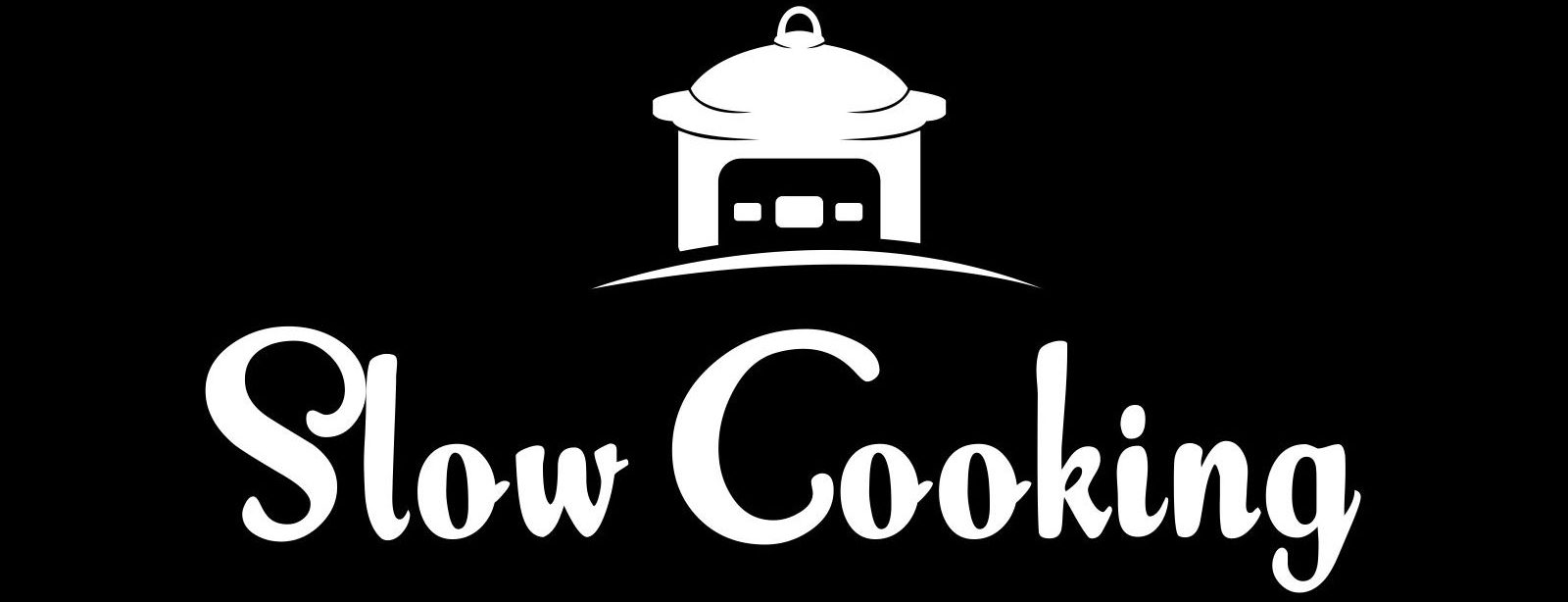Slow cooking is a beloved culinary technique known for its ability to transform tough cuts of meat into tender, flavorful dishes. While a slow cooker is a convenient tool for this process, it is not the only way to achieve delicious slow-cooked meals.
Whether you’re in a pinch without your trusty slow cooker or simply prefer using your stove or oven, there are several methods you can employ to replicate the slow cooking process. This guide will explore alternative techniques that ensure your meals turn out just as tasty as if they had been in a slow cooker.
Braising
Braising, derived from the French term braiser, is a versatile cooking technique that combines both wet and dry heat. The process begins by browning the food at a high temperature, followed by simmering it in a covered pot with a small amount of liquid, such as wine, broth, coconut milk, or beer.
This method involves slow cooking, which allows flavors to meld and the texture to become exceptionally tender. Unlike stewing, which uses more liquid, braising requires less and is typically reserved for larger cuts of meat.
Dutch Oven or Covered Casserole Dish
 The best alternative to a slow cooker is using a Dutch oven or a covered casserole dish in a very low oven preheated to 200° Fahrenheit or 95° Celsius. The heavy, tight-fitting lid of a Dutch oven helps retain moisture and evenly distribute heat, allowing your dish to slowly simmer and develop deep, rich flavors.
The best alternative to a slow cooker is using a Dutch oven or a covered casserole dish in a very low oven preheated to 200° Fahrenheit or 95° Celsius. The heavy, tight-fitting lid of a Dutch oven helps retain moisture and evenly distribute heat, allowing your dish to slowly simmer and develop deep, rich flavors.
However, it’s worth noting that it is more hazardous to leave an oven on all day compared to a slow cooker. Additionally, older ovens often can’t maintain a consistent low temperature, resulting in fluctuating temperatures that can alter (i.e., shorten) the cooking time.
Overall, most ovens will cook more quickly than slow cookers, so you’ll want to experiment with your oven. To compensate, you’ll want to add a bit more liquid to your pot. This method is ideal for braising meats, stewing, or slow-cooking beans and vegetables. Simply prepare your ingredients as you would for a slow cooker recipe, place them in the Dutch oven or casserole dish, cover, and bake for the required cooking time.
Air Fryer
While an air fryer is typically used for quick cooking, it can be adapted for slow cooking under certain circumstances. By setting your air fryer to a lower temperature, around 90-100° Celsius, and placing a casserole dish or dutch oven within the air fryer’s basket, you can achieve a slow-cooked meal. The process involves cooking for the same duration as you would in an oven. However, this method can be more costly due to the continuous use of the air fryer, and it somewhat defeats the primary purpose of having an air fryer, which is designed for speed and efficiency.
Pressure Cooker
Pressure cookers are also designed to cook food quickly, often reducing cooking times by up to 70%. This makes them ideal for preparing meals in a fraction of the time it would take using traditional methods. However, many modern pressure cookers come with a slow cooker option, providing versatile cooking functionality. By selecting the slow cook setting, you can achieve the same tender, flavour-infused results as you would with a dedicated slow cooker. This option allows the pressure cooker to maintain a consistent low temperature over several hours, making it perfect for braising, stewing, and simmering dishes. This multifunctional capability can be particularly advantageous for those with limited kitchen space or who wish to minimize the number of appliances they use.
